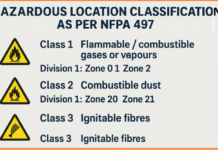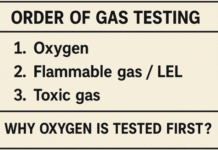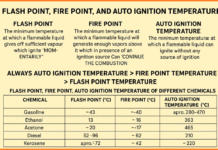In industries where working at heights is a common practice, safety harnesses play a very important role in preventing accidents and ensuring the safety of workers. These harnesses are designed to withstand considerable stress and strain, but like any piece of equipment, they have a finite lifespan. Understanding the factors that influence the longevity of safety harnesses is essential for maintaining a safe working environment.
Contents
Factors Affecting Safety Harness Lifespan:
- Material Quality: The lifespan of a safety harness is significantly influenced by the quality of materials used in its construction. High-quality materials, such as durable webbing and robust metal components, can withstand wear and tear better than lower-quality alternatives.
- Usage Frequency: The frequency with which a safety harness is used directly impacts its lifespan. Regular use and exposure to the elements can contribute to wear, tear, and degradation of the harness over time. Harnesses used daily in demanding conditions may need more frequent inspection and replacement.
- Environmental Conditions: Harsh environmental conditions, such as extreme temperatures, exposure to chemicals, and UV radiation, can accelerate the aging process of safety harnesses. Regular inspections and proper storage can help mitigate these environmental effects.
- Proper Storage and Maintenance: How safety harnesses are stored and maintained also plays a critical role in their lifespan. Storing harnesses in a cool, dry place away from direct sunlight and contaminants can help prolong their usability. Regular inspections for damage, wear, and proper functioning of all components are essential.
- Compliance with Standards: Safety harnesses must meet certain safety standards and certifications. Using harnesses that comply with industry standards ensures that they are designed and manufactured to withstand the rigors of their intended use. Non-compliance may compromise the safety of the user.
Signs of Wear and Tear:
- Visible Damage: Inspect the harness for visible signs of damage, such as cuts, fraying, or abrasions on the webbing. Check all stitching for integrity.
- Hardware Inspection: Examine metal components for signs of corrosion or deformation. Ensure that buckles and connectors function correctly.
- Labels and Markings: Check labels and markings to ensure they are still legible. This information provides crucial details about the harness, including its manufacturing date and compliance with safety standards.

Replacement and Retirement:
- Manufacturer’s Recommendations: Follow the manufacturer’s guidelines for the retirement and replacement of safety harnesses. These recommendations are based on factors like material degradation and expected wear and tear.
- Regular Inspections: Implement a routine inspection schedule to assess the condition of safety harnesses. If any issues are identified during these inspections, the harness should be taken out of service immediately.
- Training and Education: Ensure that workers are educated on the importance of reporting any concerns about the condition of their safety harnesses. Prompt reporting can prevent the use of compromised equipment.
The maximum lifespan of the harness is 10 years from the date of manufacture as per EN 361:2002
Not specified lifespan in Indian standard BIS 3521(Part 1):2021, BIS 3521 (1999)
Shelf life of KARAM harnesses extends up to 10 years.
Safety harnesses are integral to the protection of workers at heights, and understanding their lifespan is essential for maintaining a safe working environment. Regular inspections, adherence to manufacturer guidelines, and proper storage and maintenance practices are key to ensuring that safety harnesses function effectively throughout their service life. By prioritizing safety and investing in high-quality equipment, industries can significantly reduce the risk of accidents and injuries related to working at heights.
CLICK HERE FOR 👉 Capacity of safety harness.





